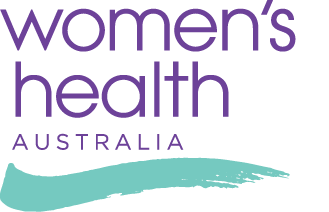Miscarriage, preterm delivery and stillbirth: What is normal anyway?

Different groups of women experience vastly different rates of miscarriage, preterm delivery and stillbirth. By grouping Australian women based on their physical and lifestyle characteristics, this research describes which groups experience particularly high or low rates of these pregnancy outcomes. It also provides a national context for reproductive risks.
What is this research about?
Reproduction involves a considerable risk of losing the baby at some point during the pregnancy or just after birth, yet advances in modern medicine have created a cultural expectation that every woman should be able to have a child. From an evolutionary perspective, what we consider an adverse pregnancy outcome often represents biological screening or natural selection. The aim of this research was to understand the normal risks associated with having a baby, and which groups of women are at a greater risk than others.
What did the researchers do?
Data were collected as part of the Australian Longitudinal Study on Women’s Health. Reproductive histories were obtained from 5806 women aged 31–36 years in 2009, who had self-reported one or more pregnancies. Age at first birth, number of live births, smoking status, fertility problems, use of In Vitro Fertilisation (IVF), education and physical activity were used to separate women into groups for calculating the rates of miscarriage, preterm delivery, and stillbirth.
What did the research find?
Overall, two out of every five women had experienced at least one miscarriage, preterm delivery or stillbirth; however, the rate of each event varied enormously between the groups of women. Those women who had high rates of miscarriage typically had fewer live births, were more likely to smoke and were more likely to have tried to get pregnant for more than 12 months. The highest proportion of live preterm deliveries occurred in women who had one live birth, had experienced fertility problems, used IVF, and had 12 years (or equivalent) education. Women who were aged 14-20 years at their first birth and reported low physical activity experienced the high-est rates of stillbirth.
How can you use this research?
This research provides specific rates on miscarriage, preterm delivery and stillbirth for different groups of Australian women. The risks of these pregnancy outcomes were summarised using a large dataset of Australian women, so that women can compare themselves to those with similar physical and lifestyle characteristics. Doctors and midwives might also find this tool useful because it provides some context for what is a normal experience of pregnancy in Australia.
Citation:
Hure, AJ, Powers, JR, Mishra, GD, Herbert, DL, Byles, JE & Loxton, D. 2011 Miscarriage, preterm delivery, and stillbirth: large variations in rates within a cohort of Australian women. PLoS ONE 7, e37109. doi:10.1371/journal.pone.0037109

